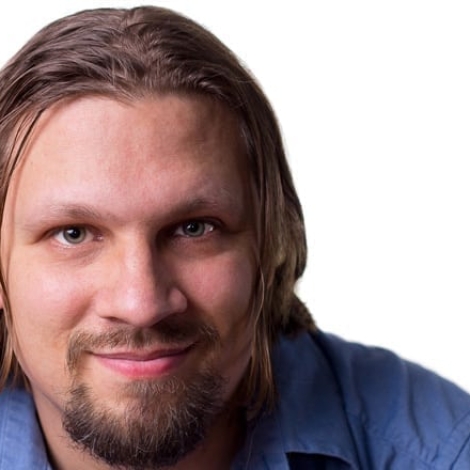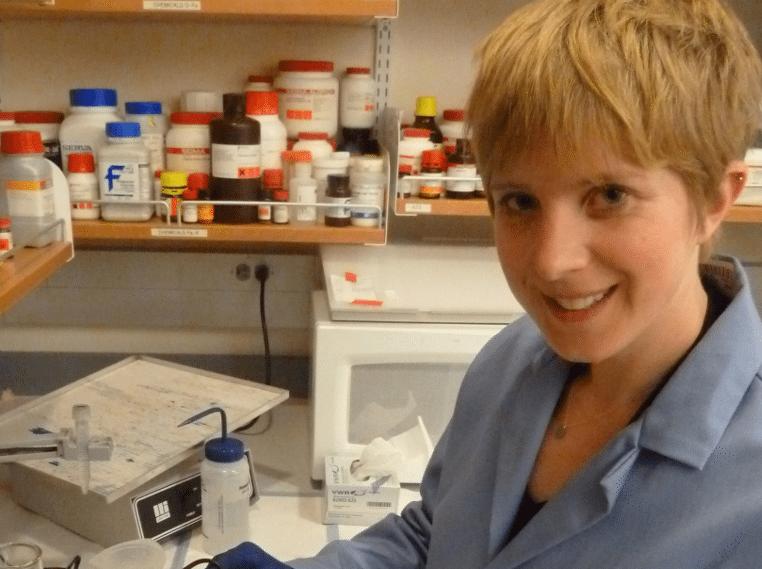In 2005, Peter Haas founded the Appropriate Infrastructure Development Group as a local business incubator in Guatemala and Haiti. AIDG provides funds and training to small renewable energy, sanitation, water and other businesses. For his work, Haas has won honors from high places, including speaking engagements at the World Bank, MIT and others, features in Forbes, Fast Company and others and, among his fellowships, he was a 2009 TED Global Fellow. Haas dabbles in about a dozen trades including masonry, plumbing, electrical systems and others. And he is a principal at the design firm Fifty Frogs, helping companies create products for developing countries. These are five questions for Peter Haas.
E4C: You’ve been invited to speak at the Better World by Design 2011 Conference (Sept. 30-Oct. 2). Would you give us a preview of your talk?
PH: I’m on a panel talking about disaster relief. I’ll be focusing especially on the transition between short term and long term disaster relief. The international community is really good at the immediate term triage work right after a disaster; we move food, clothing, water, shelter out to people at amazing rates. Long term, we’re not so good. many Internally Displaced Person camps set up as temporary housing end up lasting for years. There are some changes that can be made to how we structure these services to help people get on their feet and out of the camps earlier. I’ll be speaking to some of that at Better World By Design.
E4C: What are the main business challenges facing the start ups that you work with?
PH: Access to capital for the enterprises and ability to pay for the consumer are the greatest challenges. For these enterprises, small and medium enterprise [SME] capital markets are just starting to develop. Most of these enterprises cannot get bank loans because they are early stage (though even established companies with good credit can have trouble getting loans in emerging markets). Equity investors have limited exits so it can be hard to find the right investors. AIDG is part of a niche field of SME incubators that provides flexible early stage capital to help high-risk enterprises for the poor get off the ground. Most of the enterprises we work with also require some type of customer financing to make the systems affordable and viable to the end customer. Working with an established credit vendor that can asses risk properly and make good loans is vital for success but is understandably not the easiest partnership to establish. Not getting the right credit agreements in place in time can sink an enterprise.
E4C: When aid groups or individuals set out to work in a developing community, what one thing do they usually get wrong, and what do they usually get right?
PH: Lack of local ownership is one of the biggest failure points for foreign aid projects. Coming in with an idea or structure top down and trying to impose that on a local population is one of the areas where aid projects fail again and again, regardless of what type of project it is. This applies amazingly consistently across project types and scales. Developing local ownership is tough. AIDG does it by finding local entrepreneurs and trying to support them.
[blockquote]I truly believe development in any region hinges on the fates of local entrepreneurs. If a foreign practitioner wants to get a project right, try to find existing initiatives that are working and support them. [/blockquote]
This is a key strategy of participatory development practitioners as well. I truly believe development in any region is hinged on the fates of individual local entrepreneurs. If a foreign practitioner wants to get a project right, try to find existing initiatives by existing entrepreneurs that are working and support them. Don’t come in and reinvent the wheel. There are way too many small NGOs replicating work these days. Try to support what is there, and strengthen existing community institutions.
E4C: 10 years from now, how will the developing world have changed and what will be the main focus of development work?
PH: Over the next ten years, I think emerging markets will boom economically as investment capital seeks alternatives to traditional capital markets. This will lift millions out of poverty, but income inequality will continue to be a problem and the poor will continue to face many of the same problems they face today. Development of novel products for the poor, such as LED lighting, stoves and low-cost toilets, will significantly improve access to basic infrastructure for millions of people. But economic inclusion, education, health care and employment will be long-term issues.
E4C: What gives you hope that things are improving or that they can improve?
PH: I only have deep experience in a few countries but when I look at a place like Haiti I am extremely hopeful. Here you have a country that is sitting on billions in undeveloped tourism, could employ hundreds of thousands in biofuels for the US market, and could grow most of its own rice again. With roads, education, investment and development of the electrical utility, Haiti could truly turn around. In the other country where I work, Guatemala, I see some of what Haiti could get to in a few years. For all the failings, there has been significant progress since the Peace accords of 1996 [ending the Guatemalan civil war]. The development of the tourism sector has brought billions into the economy. There is a thriving domestic agriculture sector and serious investments have been made to improve the regional energy and transportation infrastructure. It is important for people to recognize that the path into poverty for many areas has been a multigenerational process. Economic recovery and inclusion will also take similar time frames.

